|
The Galperin Lab
signaling in time and space
|
        |
|
The Galperin Lab
signaling in time and space
|
        |
|
The development and maintenance of multicellular organisms rely on central processes such as cell division, migration and differentiation. These basic cellular activities are governed and coordinated by a system of communications - cellular signaling. Errors in transmission of signals through the complex signaling networks have serious consequences, including tumor formation or developmental diseases. The major focus of our research is to decipher cellular machineries that control accurate signal transmission in space and time.
Our current focus is the canonical Extracellular signal-Regulated Kinases 1 and 2 (ERK1/2) signaling pathway. This pathway is well known for its essential role in several critical steps of embryonic development and tumor progression, and kinases and phosphatases of this pathway have been extensively studied and targeted therapeutically.
One such critical player is the signaling scaffold protein Shoc2. Shoc2 functions as a platform that holds several signaling partners together therefore allowing efficient signal transmission. Mutations in Shoc2 cause Noonan-like syndrome, a developmental disorder that is predominantly caused by the dysregulation of RAS signaling through the ERK1/2 cascade (e.i. RASopathy ). Moreover, Shoc2-mediated ERK1/2 signals are of critical importance in cancerogenesis .
To provide a detailed understanding of how Shoc2 is involved in progression of developmental diseases and cancerogenesis , we employ a comprehensive array of methods such as state-of-the-art innovative microscopy, genetic, molecular, and cellular techniques. Ultimately, our research will contribute to the advancement of novel therapeutic strategies for treatment of developmental disorders and cancer progression and potentially will result in improved therapies with low toxicity. OUR CURRENTLY FUNDED PROJECTS:
|